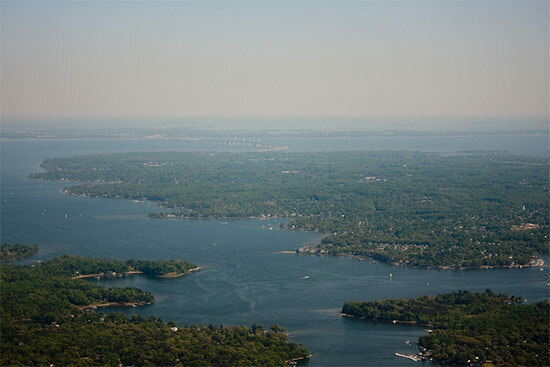Bay Foundation estimates economic benefits of a restored Chesapeake
Once implemented, the watershed’s “pollution diet” could generate $130 billion each year.
A new report from the Chesapeake Bay Foundation (CBF) indicates the economic benefits of a restored Chesapeake Bay could total $130 billion each year, as the watershed’s “pollution diet” creates clean air and water, protects properties from floods and fuels local restaurant and recreation industries.

Image courtesy olorak/Flickr
The Chesapeake Bay Total Maximum Daily Load (TMDL), which the Annapolis-based nonprofit calls the Clean Water Blueprint, was established in 2010 to reduce pollution loads across the watershed. It limits the amount of nitrogen, phosphorous and sediment that can enter rivers and streams to improve water quality. Jurisdictions use Watershed Implementation Plans (WIPs) to put these limits in place.
According to the report, which was produced by ecological economist Spencer Phillips and CBF Senior Scientist Beth McGee, the annual value of the natural benefits provided by a “pre-Blueprint” Bay is an estimated $107 billion. Once the TMDL is put in place and its benefits are realized, this amount would increase 21 percent to $129.7 billion. While Virginia is set to benefit most from a restored Bay—increasing its annual earnings by $8.3 billion—other watershed states would also benefit: Pennsylvania would see an earnings increase of $6.1 billion, Maryland $4.6 billion, New York $1.9 billion, West Virginia $1.3 billion and Delaware $205 million.
“The conclusion is clear: the region’s environmental and economic health will improve when we fully implement the [Clean Water] Blueprint,” said Phillips in a media release. “The cleanup plan was designed with the understanding that all people and communities in the watershed can contribute to making the Bay cleaner, and that everyone will benefit when pollution is reduced. Our analysis confirms this.”
While its report doesn’t address the annual watershed-wide cost of restoration, CBF estimates this figure is in the range of $5 billion.
Note: This blog post was written by a staff-member of the Chesapeake Bay Program.

Comments
There are no comments.
Thank you!
Your comment has been received. Before it can be published, the comment will be reviewed by our team to ensure it adheres with our rules of engagement.
Back to recent stories